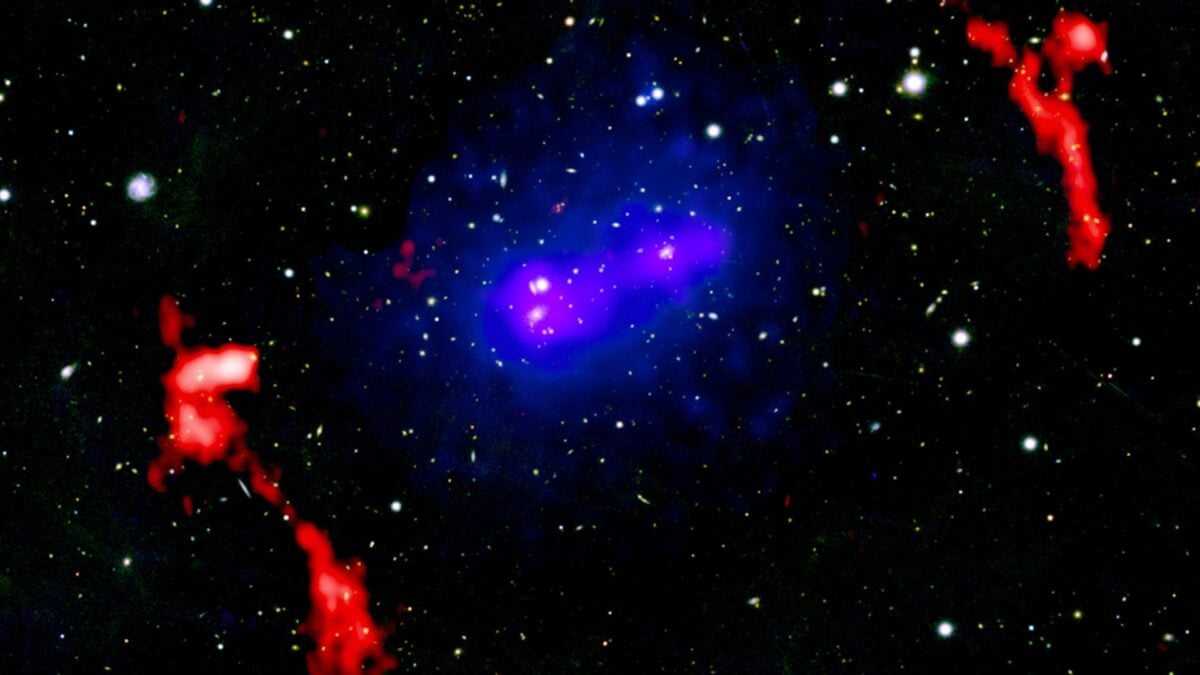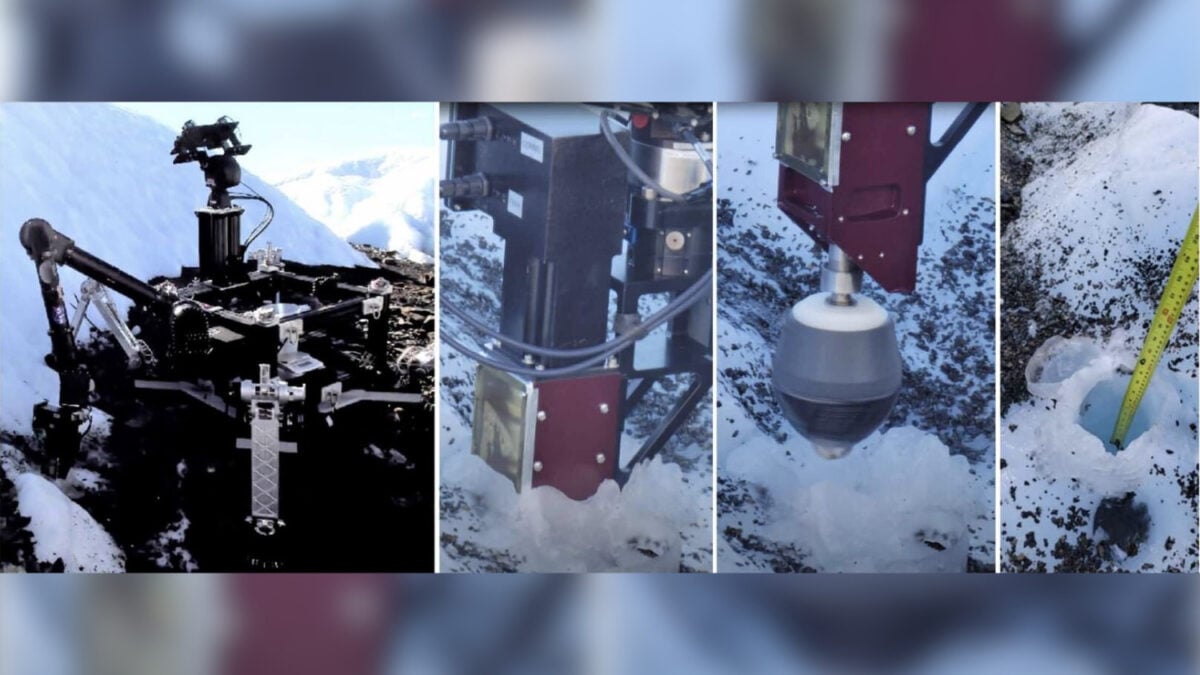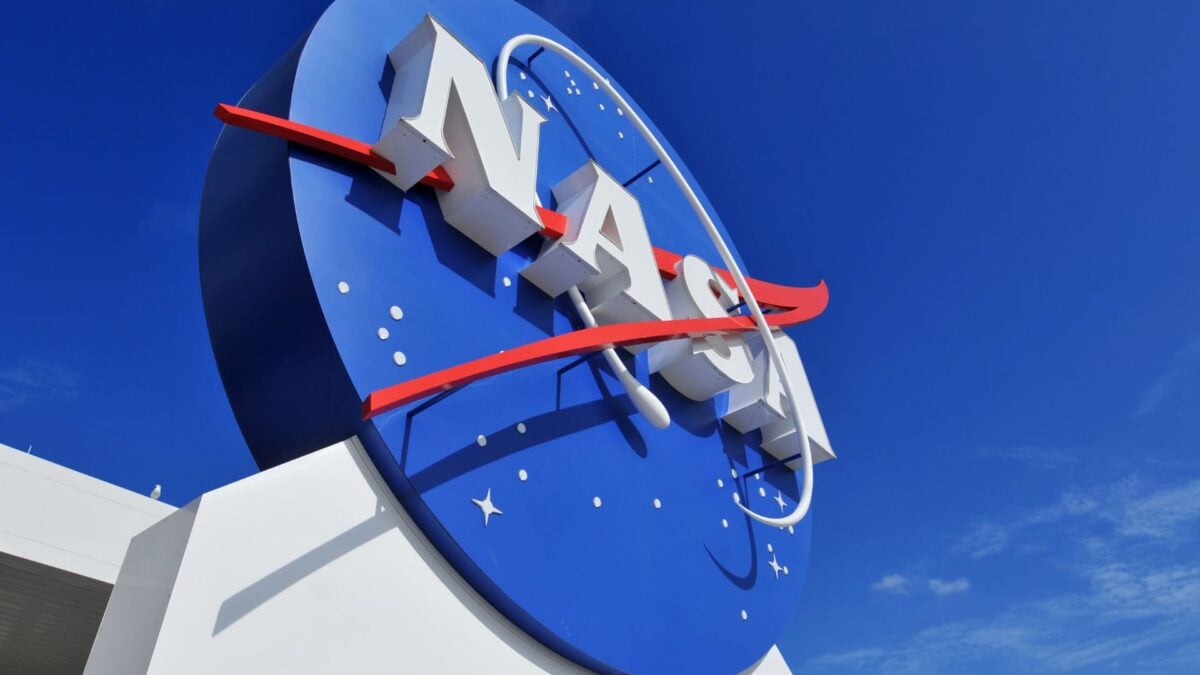Approximately 2.8 billion light-years from Earth, a pair of galaxy clusters within the system PSZ2 G181 are hurtling towards each other for a second cosmic collision. These immense structures first clashed about a billion years ago and are now, against astronomical odds, set for another dramatic encounter, offering scientists a rare glimpse into galactic evolution.
The Rarity of a Cosmic Encore
Major collisions between galaxy clusters, immense congregations of galaxies, dark matter, and hot gas, are infrequent cosmic events, as noted by the European Space Agency (ESA). However, repeated collisions, like the one anticipated for PSZ2 G181, are exceptionally unusual in the universe’s vast timeline. Adding to its distinctiveness, PSZ2 G181 possesses a total mass that is surprisingly low compared to other “combined” galaxy clusters formed from such powerful mergers. This low-mass characteristic makes this impending event particularly intriguing for astronomers studying the diverse ways galaxies evolve.
Unraveling the First Impact
Evidence of the initial billion-year-old collision within PSZ2 G181 was first hinted at by previous radio observations. According to a NASA statement, these observations revealed distinctive parentheses-shaped regions of diffuse radio emissions located on the system’s outskirts, likely relics of the first impact.
A recent study, published in The Astrophysical Journal and led by Andra Stroe from the Harvard & Smithsonian Center for Astrophysics, strengthens this theory. By analyzing new X-ray data from NASA’s Chandra X-ray Observatory and the European Space Agency’s XMM-Newton, the research team identified a bridge of cool gas. This gaseous filament, connecting the two clusters, is believed to be a result of gas stripping during their first cataclysmic encounter.
On a Renewed Collision Trajectory
Following their initial clash, the two galaxy clusters within PSZ2 G181 have spent the last billion years drifting apart due to their immense momentum. They currently sit at an astonishing separation of roughly 11 million light-years – the largest distance ever observed by astronomers between such interacting structures, as per NASA.
Despite this vast cosmic gulf, Andra Stroe and her colleagues uncovered compelling evidence suggesting these cosmic giants are not parting ways permanently but are gravitationally bound for another encounter. Their meticulous analysis revealed three additional shock fronts in the X-ray data. These distinct shockwaves are significantly aligned with the axis of the previous collision, serving as a potential early warning sign of an impending second, powerful crash between the galaxy clusters.
The impending second collision of the PSZ2 G181 galaxy clusters offers a remarkable window into the universe’s most energetic events. This rare phenomenon, especially in a low-mass system, provides crucial new insights into the complex dynamics of merging galaxy clusters. Future observations with advanced radio telescopes may uncover more such multi-collision systems, further refining our understanding of cosmic structure formation.











